With the solar minimum ruling the game, and the bands being not in their greatest shape (to say the least), there is an increasingly greater chance to become paranoid in some situations. Did I hook up the antenna? Is my power on? Maybe my feedline is broken? Everything seems to be just fine, but why is nobody hearing me?? And then you catch that one station that gives you a 5-9 report, and you catch your breath: your station is fine, it’s just the bands… Sounds familiar? Well, it happened to me today, again.
In my pursuit to activate [all remaining?] Nebraska parks that have never been activated before, I ventured to three more parks some 80-90 miles northwest from Omaha. The forecast promised nice mild weather (unlike my extreme activation in late June), and my main concern was the availability of sunlight to power my station for an extended period of operation at full power.

I arrived at my first park, K-4039 Maple Creek Recreation Area, precisely according to my schedule, at 11 AM (1600Z). Factor in some time to find a sweet spot to set up my station – and I was on the air about 15-20 minutes after that. Well, the bands were not cooperating at all! I was calling CQ for almost one straight hour – to no avail. During this time, I tried switching to 40 meters, and even 10 meters (I wonder how did they even had that 10-10 contest today?). Zero success – and on top of that, I had no sun, and was getting concerned about having enough power for the rest of the day. During the next 35 minutes, I managed to pull 8 contacts – and the signal reports were reasonably good. And then my savior, Jean N4JHW, told me that she will spot me on the cluster (thank you Jean!). During the next 15 minutes, I made 17 more contacts, before packing up to move to the next park (I was already one hour behind my schedule).
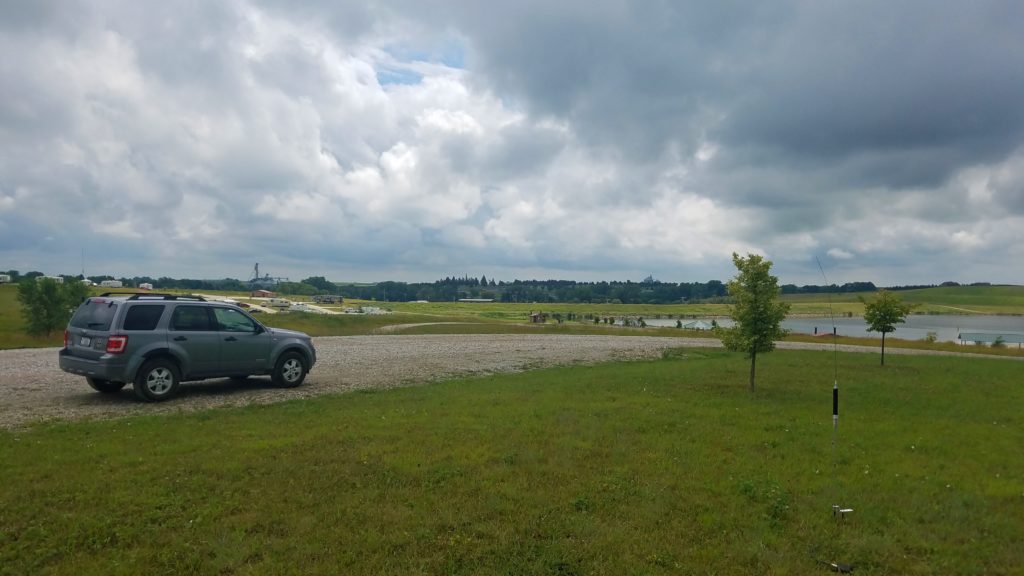
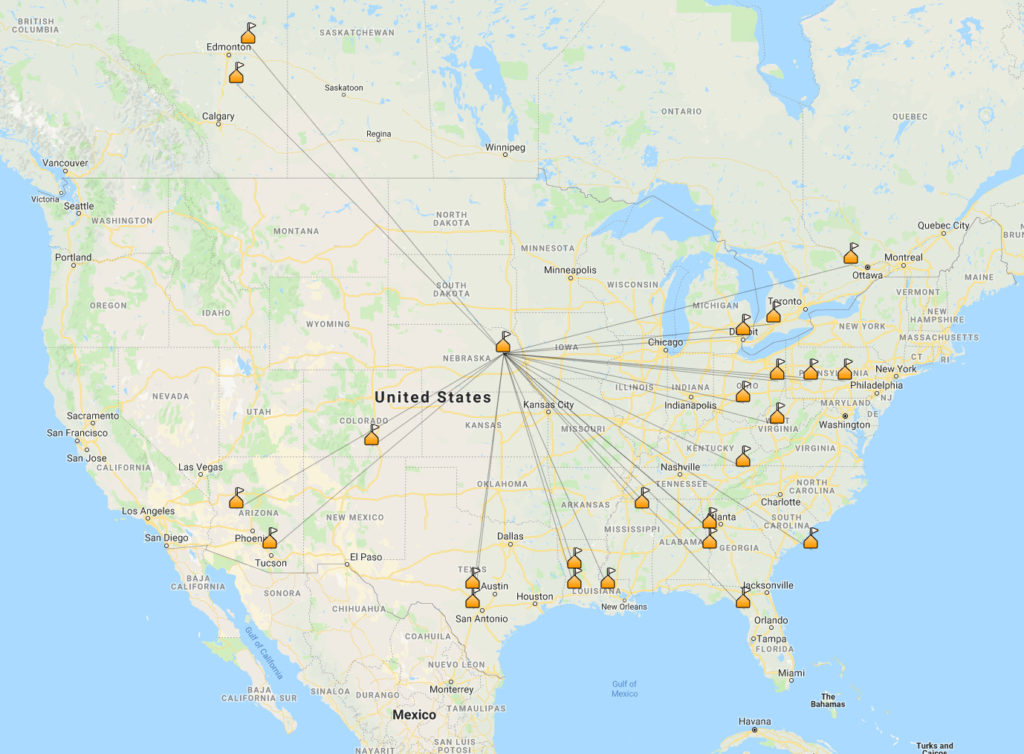
Now in general, I am on the side of “pure pursuit” and “good sportsmanship” of winning the contacts from the bands, without additional help of technology. But with the conditions that we have right now, the question to spot or not to spot? is probably no longer. I activated most of my parks without access to cell service, thus was usually not able to self-spot. However, the courtesy of some hunters that spotted me after making a contact, I am sure, helped a lot – if not saved several of my activations. More surprisingly, most of the signal reports that I got were fairly good – thus, the bands are not completely dead. Yet one can easily call CQ for an hour into the abyss… Looks like the current band conditions truly behave like that Schrödinger’s cat – they are alive and dead at the same time.
First good news that waited for me upon arrival to my second park, K-4040 Maskenthine Lake Recreation Area, was that the clouds opened up and let that bright shiny plasma ball share some photons with my solar panel. Now I can run full power without any concern about running out of energy! All picnic areas were occupied by people who enjoyed their day near the water, thus I set up my station on the parking lot – and quickly got on the air. This time, I was more successful in getting my first QSO, and the stream of contacts was steady. I spent around 40 minutes working on 20 meters, and logged a total of 23 contacts.
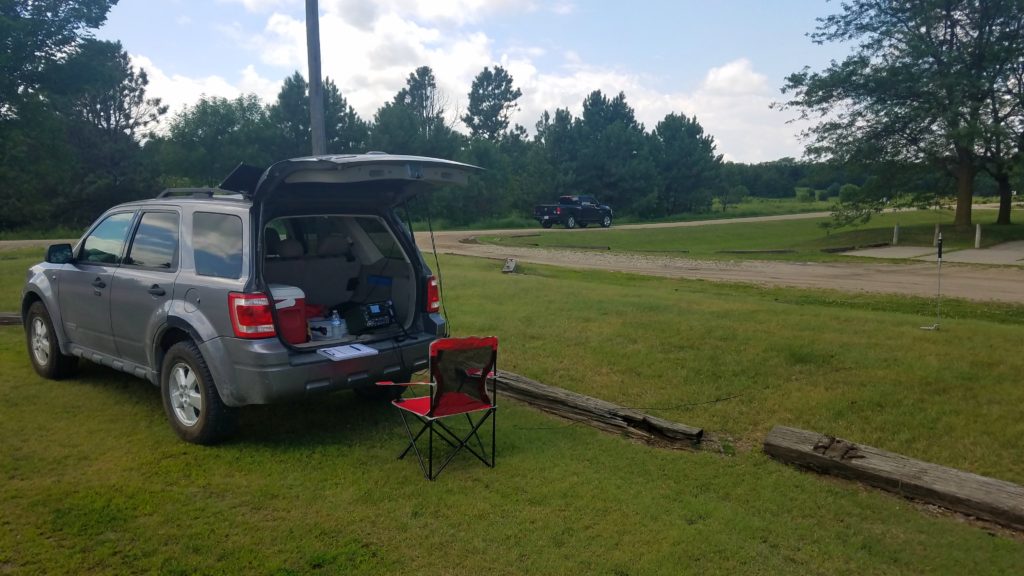
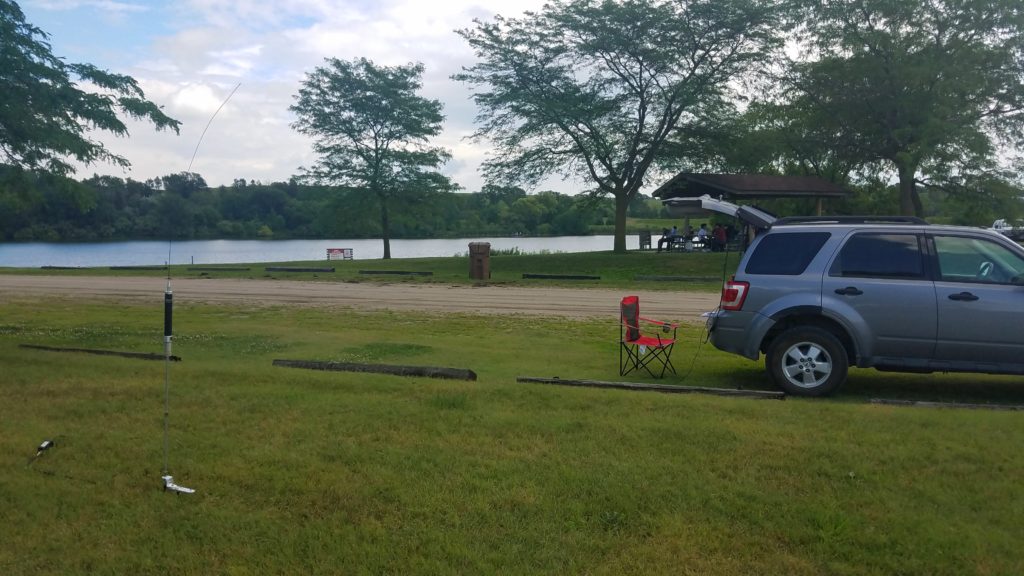
K-4040 Maskenthine Lake Recreation Area.
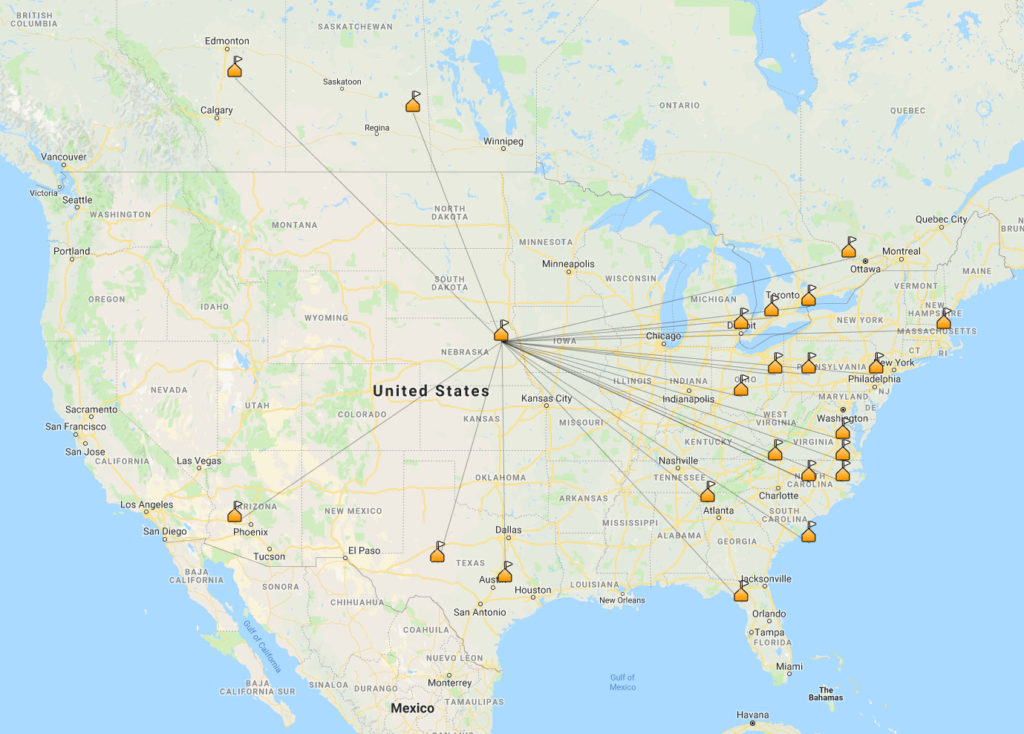
My third park of the day, K-4041 Pilger Recreation Area, is a smaller lake with two little loops, and there were almost no people where I parked. I set up my station in a shelter with a nice view of the lake, and fired up the radio. This time again, it took what seemed forever to log my first contact. What was really weird in this case is the fact that I actually had cell service and spotted myself – that didn’t seem to have much effect! Later on, some of the hunters explained me that a signal from another station (that I was unable to hear) was stepping on me, making it hard to copy. I actually ended up changing the frequency several times, and was only moderately successful. Thus, I left with 14 contacts – but the activation was successful!
A true highlight of the third park was a contact with Ori VA3ORI, who operated as VE3OSC from Ontario Science Center. He told me that he is demonstrating the Center’s amateur radio station to the visitors, and he showed them a picture of my setup on QRZ while in contact with me – a live demonstration of how field communications work in real life!

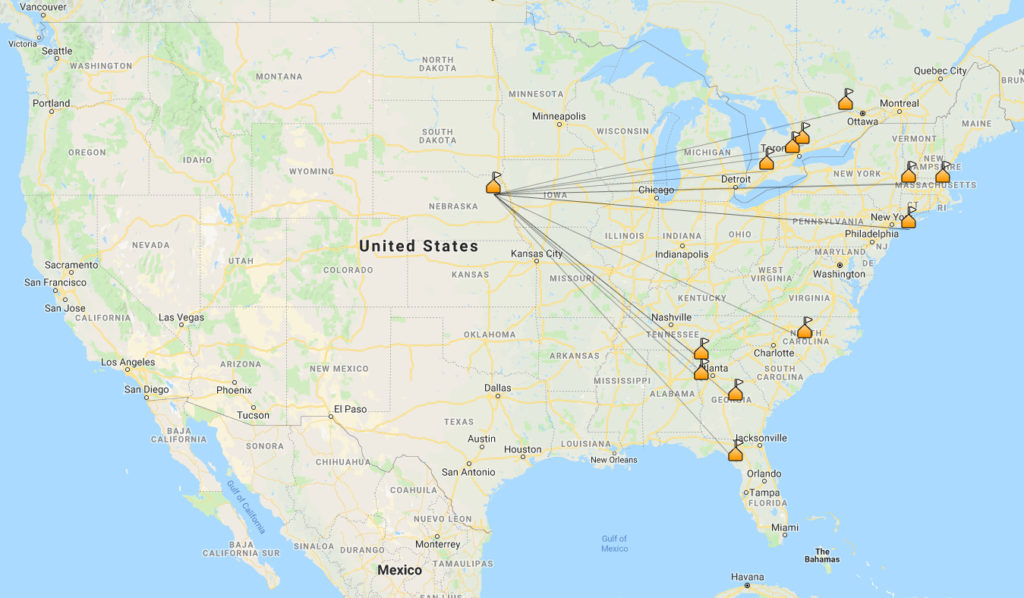
It was a great day trip – 10 hours and 250 miles door to door, beautiful mild weather that made this time outdoors really enjoyable. Of course I wish the bands cooperated better, but my 62 logged contacts is a good result, and all three parks were successfully activated!